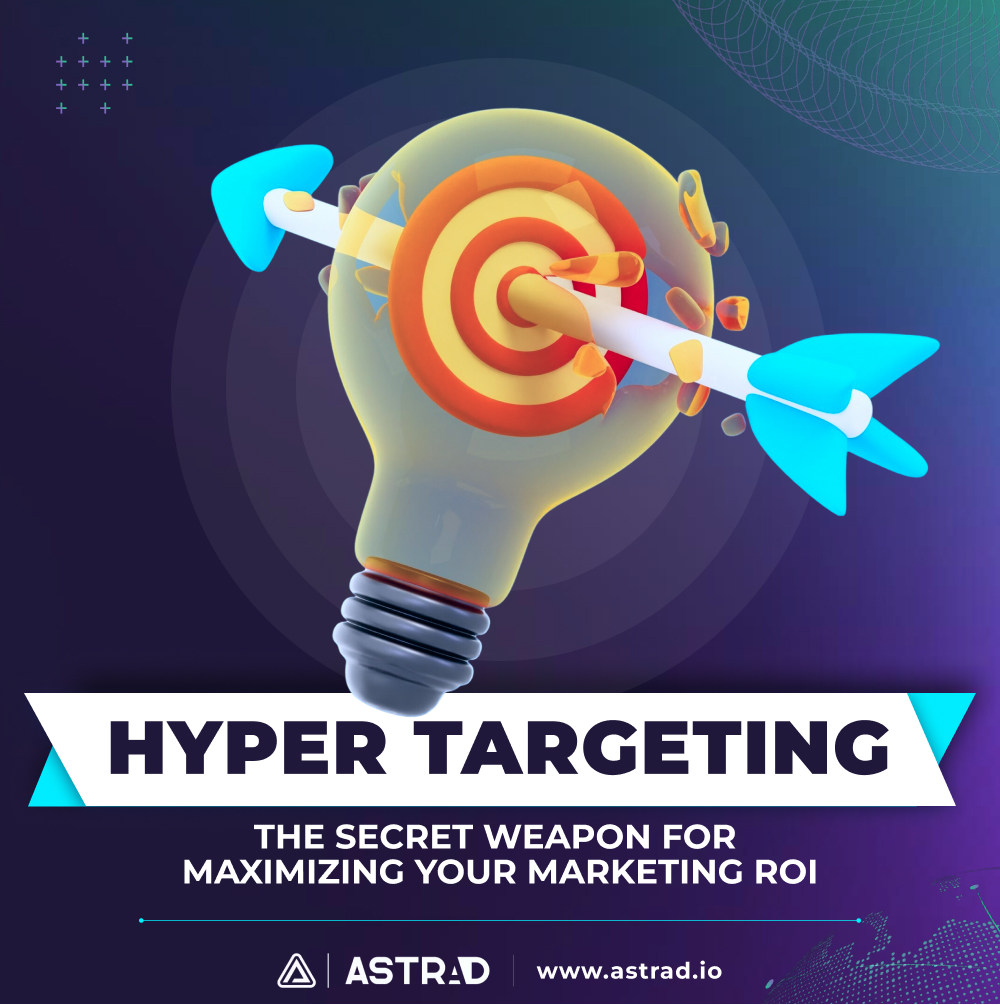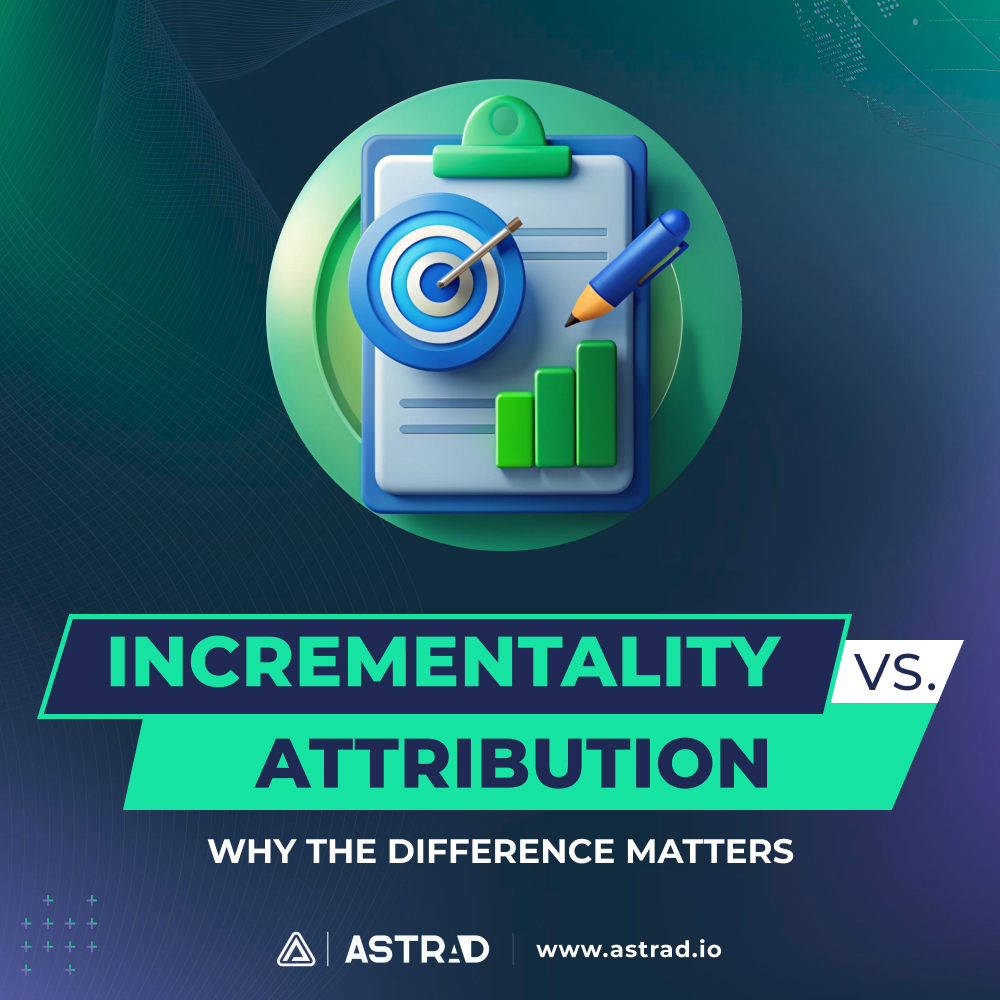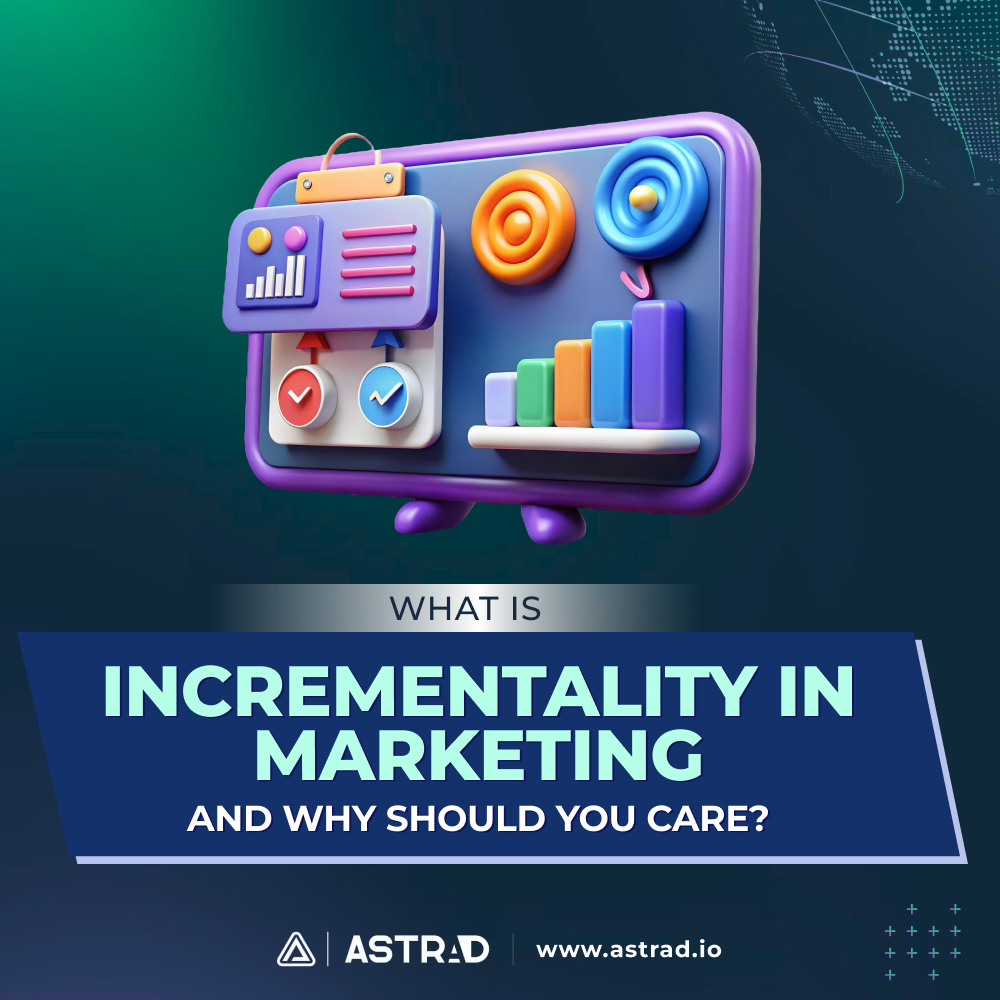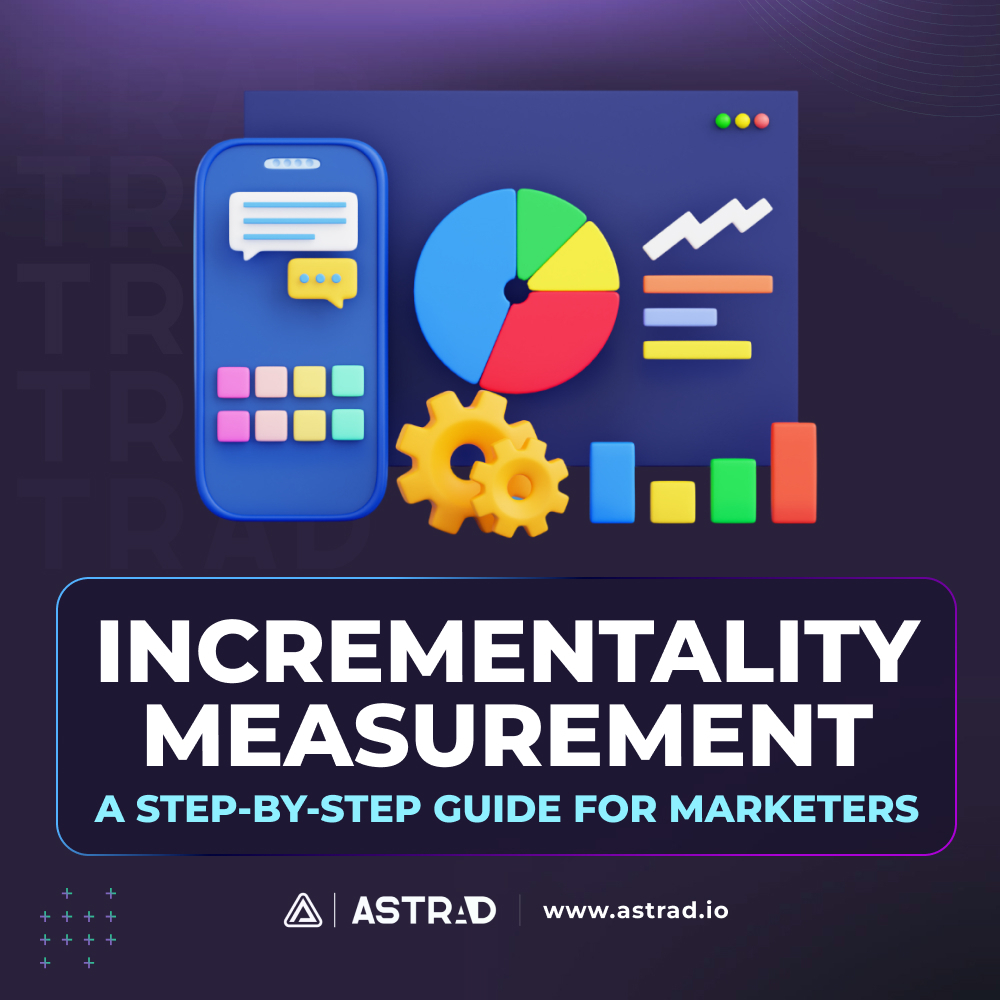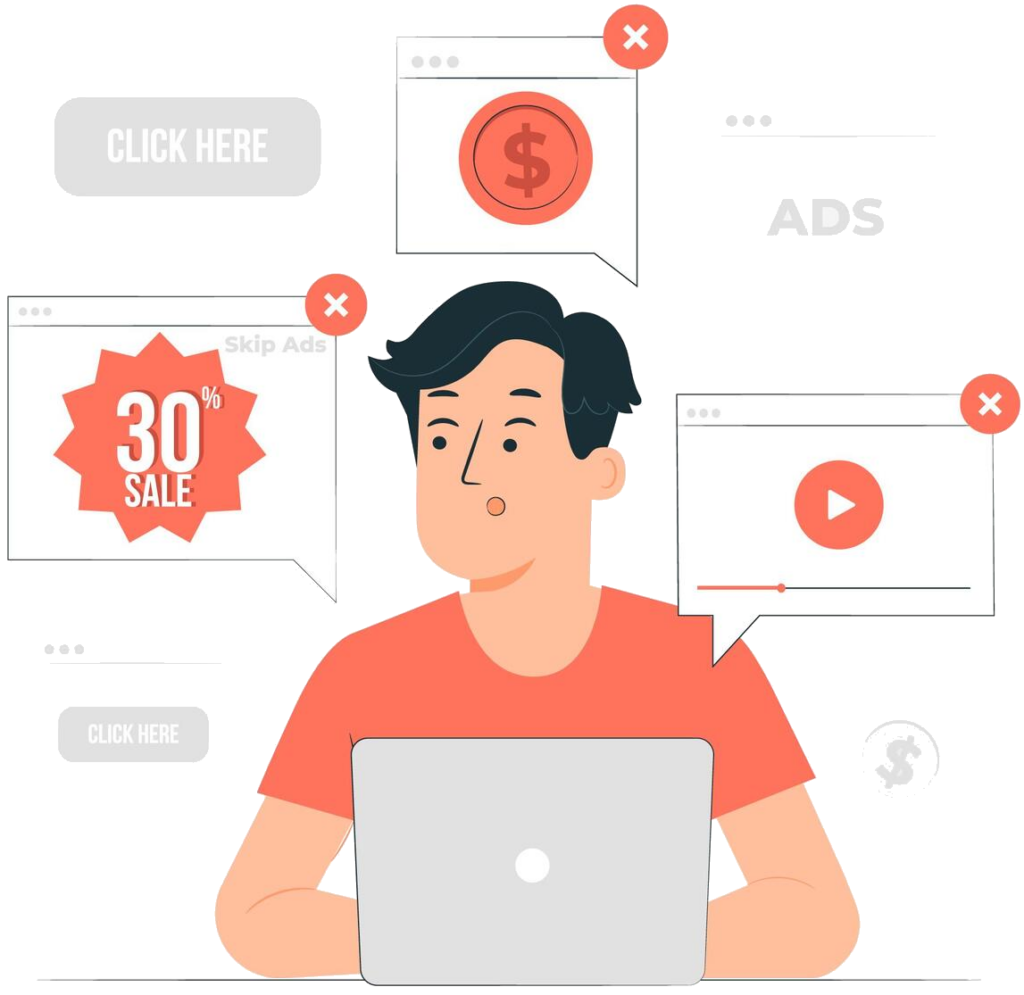Picture this: You walk into your favorite coffee shop, and before you even place your order, the barista hands you exactly what you wanted. No waiting, no explaining—just your go-to drink, ready to go. That’s hyper targeting in action, and it’s reshaping how brands connect with customers.
Forget old-school marketing that throws the same message at a massive audience, hoping something sticks. Today’s consumers expect brands to know them—what they like, what they need, and even what they might want next. That’s where hyper targeted marketing comes in. It’s not just about reaching people; it’s about reaching the right people with messages that feel personal, relevant, and timely.
What is Hyper Targeting? How It Differs from Traditional Targeting
Think of traditional targeting as fishing with a net—you scoop up as many leads as possible, hoping a few are a good catch. Hyper targeting? That’s fishing with a spear. It’s precise, efficient, and designed to deliver the right message to the right person at the right time.
Why Hyper Targeting Works
Hyper targeting works because it leverages data-driven precision, real-time personalization, and deep behavioral insights to create marketing campaigns that truly resonate. AI and machine learning analyze consumer behaviors, preferences, and past interactions to craft highly customized messages that feel personal and relevant.
Unlike traditional segmentation, which remains static, hyper targeting adapts dynamically in real-time based on user actions. Every click, like, and purchase helps refine the messaging, ensuring that ads and content remain engaging, relevant, and more likely to drive conversions.
Hyper Targeting vs. Basic Audience Segmentation
- Traditional targeting: Groups people by general traits like age, income, or location.
- Hyper targeting: Focuses on real-time behaviors, past interactions, and predictive analytics.
- Outcome: Instead of mass-market ads, hyper targeted advertising speaks directly to individuals, making marketing feel less like marketing and more like a helpful recommendation.
Example: Netflix & Spotify—Masters of Hyper Targeting
Netflix doesn’t just recommend movies—it predicts what you’ll binge next. It tracks watch history, pauses, and even rewatches to serve up highly personalized content. Spotify does the same, creating playlists like Discover Weekly based on listening habits, skipped songs, and favorite genres. They don’t just give options—they anticipate exactly what users want.
How Hyper Targeting Supercharges Your Marketing ROI
Marketers who use hyper targeting aren’t just guessing—they’re harnessing the power of data to drive real, measurable results. Here’s why it’s a game-changer:
1. Higher Conversion Rates
People don’t want to feel like just another name on a mailing list—they want brands to speak directly to them. Hyper targeting makes that possible by ensuring that every ad, email, or piece of content is tailored to their interests, behaviors, and needs.
When an ad feels relevant, engagement skyrockets, leading to more clicks, more sign-ups, and, ultimately, more sales. No more generic sales pitches—just messaging that makes sense at the moment.
2. Lower Ad Waste
Let’s be real—ad budgets aren’t infinite. Every dollar counts, and wasting ad spend on people who have zero interest in your product is a quick way to burn through resources. Hyper targeting ensures that marketing spending is laser-focused on high-intent prospects—people who are actually interested, engaged, and ready to convert. By narrowing the audience to those who matter most, businesses can reduce ad costs while maximizing impact.
3. Stronger Brand Loyalty
Consumers don’t just buy from brands—they build relationships with them. When marketing feels personal and relevant, it fosters trust and deepens the emotional connection between a brand and its audience.
Hyper targeted campaigns show customers that brands understand their needs, making them more likely to engage, return, and become long-term fans rather than one-time buyers. In a crowded market, loyal customers are the real secret weapon.
4. Better Engagement on Digital Platforms
Ever scrolled past dozens of forgettable ads, only to stop at one because it actually made sense for you? That’s hyper targeted advertising at work. When ads feel relevant, personalized, and timely, they naturally attract more clicks, more shares, and better engagement overall. The result? Lower cost-per-click (CPC), higher return on ad spend (ROAS), and a marketing strategy that actually pays off.
How Hyper Targeting Works: The Data Behind the Magic
Hyper targeting doesn’t happen by accident—it’s fueled by data, AI, and precision segmentation. Here’s where the magic starts:
First-Party Data - The Foundation of Hyper Targeting
First-party data is a goldmine for understanding what customers want and how they engage with a brand.
- Website behavior tracking – Every click, page visit, and abandoned cart tells a story, helping brands serve hyper targeted advertising when customers are ready to act.
- CRM insights – Purchase history and loyalty data build detailed customer profiles for smarter, more personalized marketing.
- Email engagement data – Open rates and clicks reveal which messages grab attention and drive action.
Third-Party Data & AI-Driven Targeting
Beyond first-party insights, AI and third-party data enhance hyper targeting marketing by expanding reach and refining messaging.
- Social media tracking – Likes, shares, and comments provide real-time clues about interests and engagement.
- Browsing patterns – Past searches and website visits predict what customers might want next.
- Location-based targeting – Ads adjust based on real-time location, making marketing feel personal and relevant.
Advanced Segmentation: Getting Ultra-Specific
Traditional segmentation is broad; hyper targeting marketing is laser-focused.
- Demographics – Age and gender become more powerful when combined with behavior tracking.
- Behavioral segmentation – Shopping and browsing habits shape tailored, conversion-driven ads.
- Psychographics – Values and interests allow brands to connect on a deeper level.
- Geo-targeting – Location-based personalization ensures ads feel timely and relevant.
Hyper Targeting Strategies to Boost Your ROI
Hyper targeting isn’t just about reaching the right audience—it’s about delivering precision-driven campaigns that maximize engagement, increase conversions, and cut wasted ad spend. These strategies help brands leverage AI, behavioral data, and hyper-personalized messaging to make marketing feel less like an ad and more like a perfectly timed recommendation.
1. AI-Powered Predictive Targeting
AI takes the guesswork out of marketing by analyzing massive data sets to predict what consumers will do next. Whether it’s identifying a potential buyer, re-engaging a lost lead, or predicting the best time to send an offer, AI learns from real-time behavior and automates decision-making to drive maximum engagement and conversions.
If someone frequently browses a certain product category, predictive targeting ensures they see the right ad at the right moment, increasing the chances of a sale.
2. Hyper Personalized Email & Content Marketing
Generic, one-size-fits-all emails don’t cut it anymore. People expect content that speaks directly to them, and that’s where hyper targeted marketing shines.
Instead of sending the same email to an entire list, brands can use AI-driven insights to adapt email content in real-time based on each user’s past interactions. If someone has been eyeing a particular product but hasn’t made a purchase, they might receive a tailored email with a special offer or customer reviews for that exact item.
Personalized product recommendations also drive higher engagement and sales, making emails feel more like helpful suggestions rather than pushy promotions. Similarly, blogs and landing pages can be dynamically adjusted based on what a user has previously engaged with, ensuring that website visitors see relevant, customized content instead of generic marketing fluff.
3. Social Media Hyper Targeting
Social media platforms offer some of the most advanced hyper targeting options, allowing brands to reach their ideal audience with surgical precision.
- Facebook & Instagram use behavioral data to serve ads based on recent activity, such as past purchases, video views, and engagement history.
- LinkedIn B2B Targeting enables businesses to connect with the right professionals by narrowing down audiences based on job titles, industries, and company size.
- TikTok & Twitter analyze viral trends and user interests, allowing brands to target audiences based on real-time engagement with specific topics and hashtags.
Hyper targeted advertising on social media ensures that ads aren’t just seen—they’re seen by the people most likely to care, click, and convert.
4. Retargeting & Hyper-Specific Remarketing Ads
Ever visited a website, left without buying, and suddenly seen ads everywhere for that product? That’s hyper specific retargeting—a powerful way to keep brands top-of-mind while customers are still deciding.
Dynamic retargeting serves ads featuring the exact product a user viewed, making it more likely they’ll return to complete the purchase. Cart abandonment follow-ups take it a step further, sending automated reminders or offering limited-time discounts to nudge hesitant shoppers toward checkout.
Timing matters. Well-placed, time-sensitive promotions ensure that remarketing ads appear when customers are most likely to act, whether right after browsing or during peak shopping hours. These small but strategic reminders turn casual browsers into buyers.
5. Hyper Targeting for B2B Marketing
B2B marketing has its own set of challenges, but hyper targeting marketing makes it easier to reach decision-makers and key stakeholders.
- Account-Based Marketing (ABM) focuses on delivering custom messaging to high-value accounts, ensuring that marketing efforts are tailored to specific companies rather than broad audiences.
- Personalized LinkedIn outreach leverages AI-powered InMail campaigns to engage the right professionals with targeted, high-value content.
- Event-based targeting allows businesses to connect with professionals who have attended specific industry conferences, webinars, or networking events, making outreach more timely and relevant.
Final Takeaway: Hyper Targeting is the Future
Marketing is no longer about who can scream the loudest—it’s about who can whisper the right thing at the right moment.
The brands winning today are leaning into AI, predictive analytics, and hyper targeting to connect with their customers in a way that feels natural, seamless, and genuinely helpful.
Whether it’s AI-powered recommendations, precision social media ads, or email campaigns that feel like a personal conversation, hyper targeting maximizes ROI and transforms marketing from interruption to inspiration.
It’s time to stop marketing at people—and start marketing for them.

